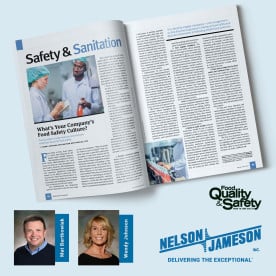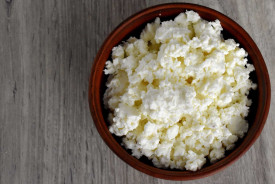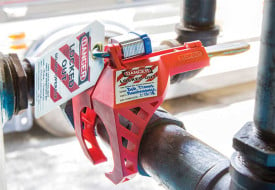surface
- January 04, 2021
Achieve an effective sanitation program in your facility with footwear and surface sanitation products! In the food production process, cross-contamination can occur at any point. Employees can track in a myriad of potential contaminants and unknowingly put an operation at risk each time they breeze through a doorway to a production area. Having an effective sanitation program in place that addresses employee hygiene is key.
A primary route of contamination is the bottom of people's shoes, so cleaning footwear has become just as important as washing hands when coming into a facility. "Items which contact the floor are contaminated and could serve as vectors; despite daily cleaning of high-touch surfaces such as floors, it has already been shown that bacterial and viral contamination return rather quickly" (Pyrek, 2018, pp. 1). To help combat this issue, Nelson-Jameson carries several options for minimizing contamination from footwear including:





